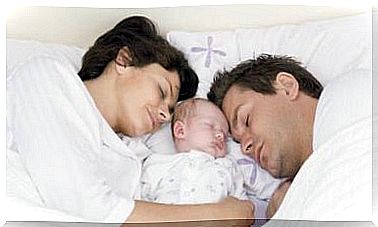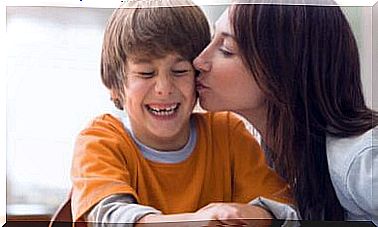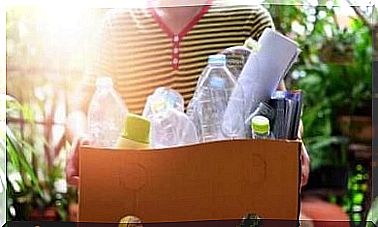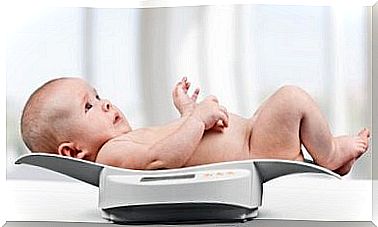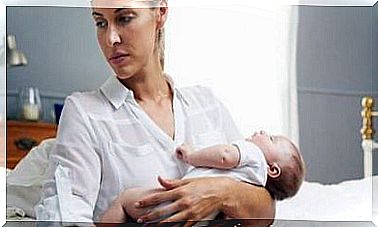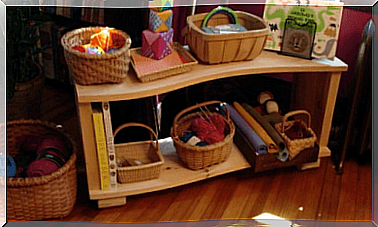Cardiopulmonary Resuscitation For Children
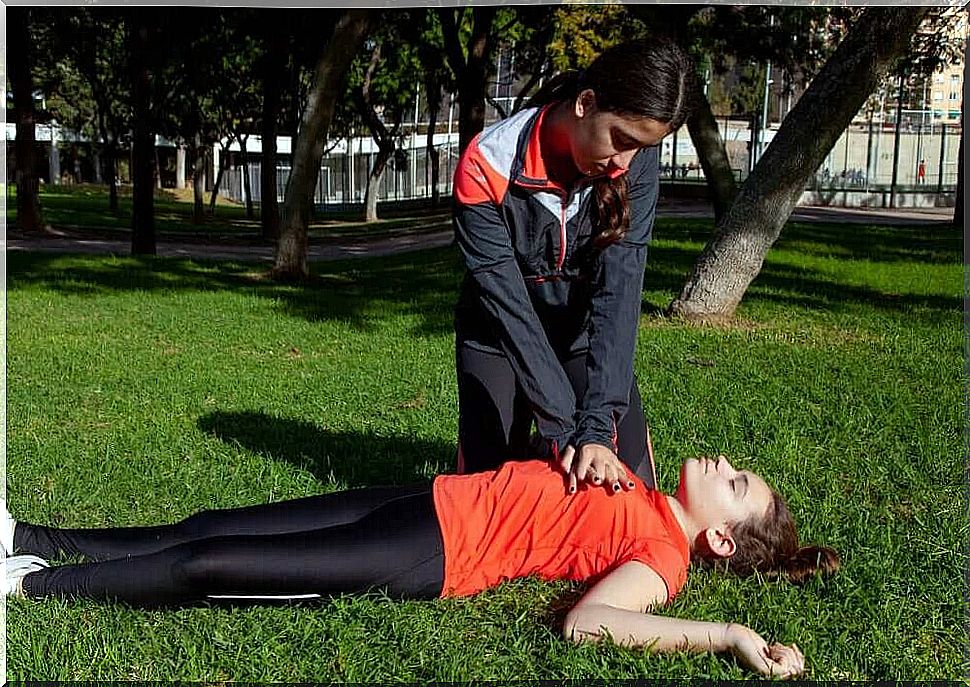
Cardiopulmonary resuscitation is what is called the measures that should be taken on a person who receives cardiac arrest. In the case of children, the method varies in some ways from how to handle adults.
Knowledge of these measures and their rapid application can save a child’s life when he is in danger. Below we go through some concepts that relate to the measures that are specific to children.
What is cardiopulmonary resuscitation?
Cardiopulmonary resuscitation, or CPR, is a set of measures to be applied during cardiac arrest and respiratory arrest. These measures must be applied continuously until help arrives with life-sustaining equipment.
Most cases of cardiac arrest take place outside a hospital setting. They are often the result of an accident. Knowing these measures and how to apply them properly is crucial for the person to survive. After all, their purpose is to offer basic life-sustaining measures or, in other words, to keep the patient alive.
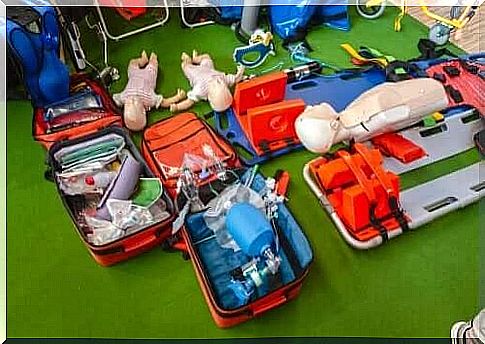
The faster and more efficiently a person performs CPR, the greater the patient’s chances of survival. Proper cardiopulmonary resuscitation also reduces the patient’s risk of serious consequences.
It is estimated that every minute that passes without a person in distress receiving CPR reduces his or her chance of survival by 10%.
Who can perform cardiopulmonary resuscitation?
The design of CPR makes it possible for anyone to perform it, even without medical knowledge.
In fact, children in primary and secondary school learn the techniques as part of their schooling. Practicing with dolls and simulating emergencies makes it easy for everyone to learn to respond appropriately when needed.
When should you use cardiopulmonary resuscitation for children?
As I said, it is best to take a course in cardiopulmonary resuscitation where you can practice and simulate emergencies. We will describe the basic sequence of CPR below.
So what is the first thing you should do if you see that a child has collapsed on the floor? Approach the baby to see if it is conscious and breathing normally.
- Is the child conscious? To see if a child is unconscious, you should touch his or her shoulders while addressing the child in a loud voice to see if he or she reacts. If the child does not respond, ask someone to alert the rescue service, if possible, and continue with the next point.
- Does the child breathe normally? To test, you must look, listen and feel. This means that you first perform a maneuver, where the child is lying on his back. Place one hand on the patient’s forehead and two fingers from your other hand on his or her chin. Tilt the baby’s head back, opening his or her airways. Then move your head as close to the baby’s mouth as possible and:
- WATCH if the baby’s breasts rise and fall as they breathe.
- LISTEN to see if you can hear the person breathing.
- FEEL if the patient exhales air.
- If after 10 seconds you are sure that the patient is not breathing, this is a case of respiratory arrest. Then you have to start with breaths at once. It is very unusual for the heart to stop beating in children.
How to perform cardiopulmonary resuscitation on children
To start with cardiopulmonary resuscitation, blow in air 5 times. Do this as follows: Open your mouth and wrap the baby’s entire mouth and nose with yours. Inhale deeply and then blow the air into the baby’s mouth, with no more than the amount of air in your own mouth. Keep in mind that small children have small lungs so you need to adjust the amount to the size of the child. You should see his or her breasts rise. Then let the air out on its own and repeat a total of five breaths.
After these 5 breaths, do cardiac compressions, if the baby has not yet woken up. The child should lie on his back on a hard surface.
Place the index finger and middle finger in the middle of the chest, on the lower half of the sternum. Be careful not to place your fingers too far down on your stomach so that they end up on the sternum.
Press down one third of the depth of the chest, about four to five centimeters, 30 times. The speed should be a little faster than one pressure per second, about 100-120 compressions per minute.
From now on, you switch between 30 compressions and 2 breaths in one minute. If no one has already alerted the rescue service, do so as soon as you get a chance. Then continue to alternate two breaths with 30 compressions until the child recovers or until medical personnel arrive.
Summary…
We should all learn how to recognize life-threatening situations that require cardiopulmonary resuscitation for children and adults. Then we can react quickly and efficiently. Do not forget, CPR saves lives!
